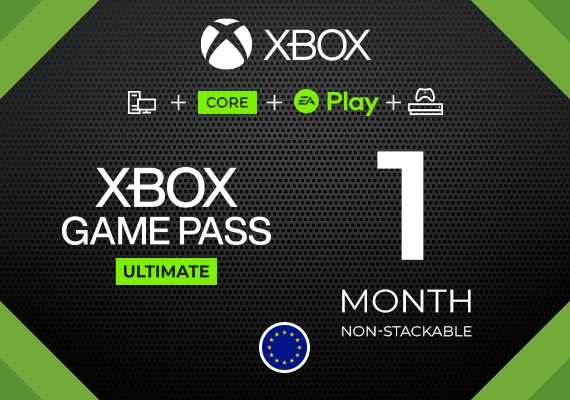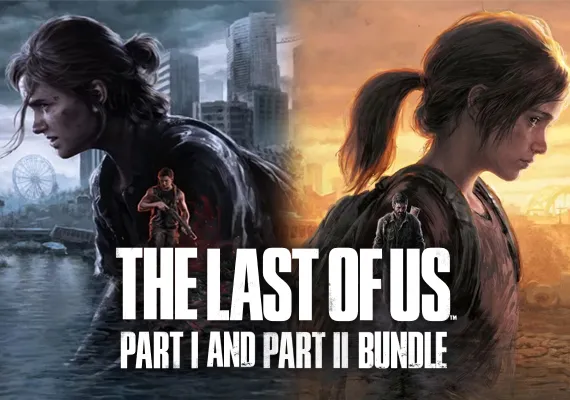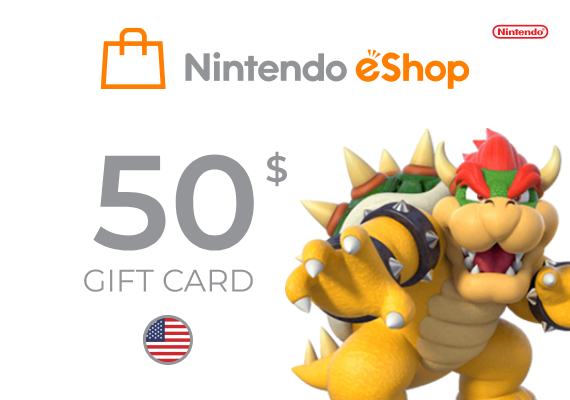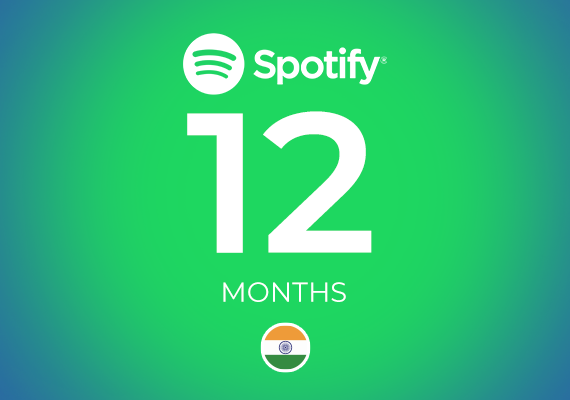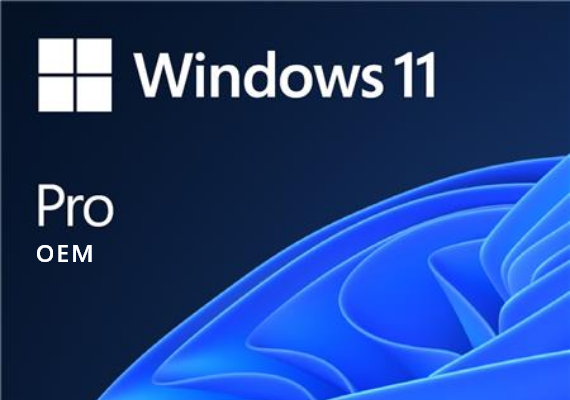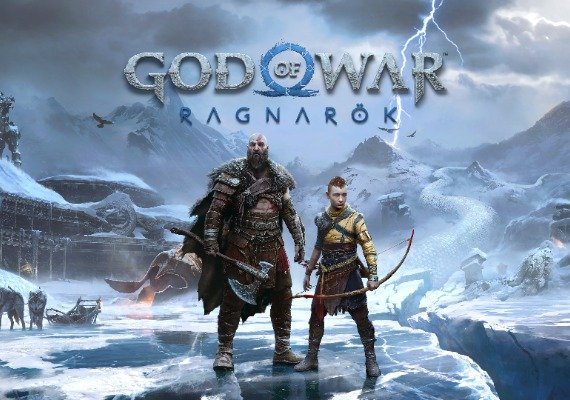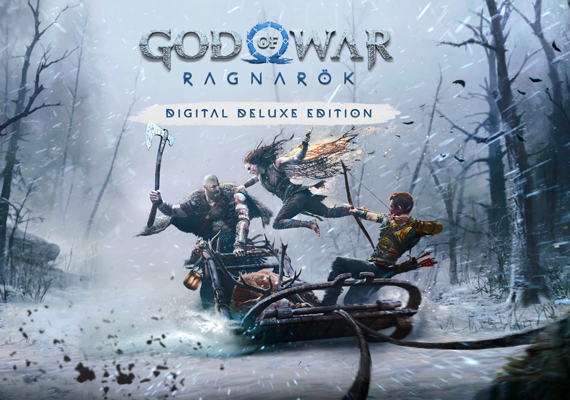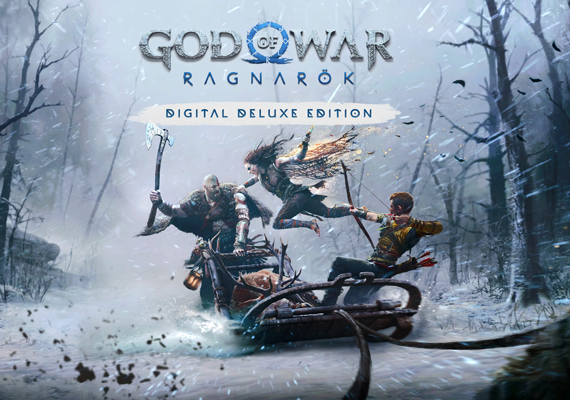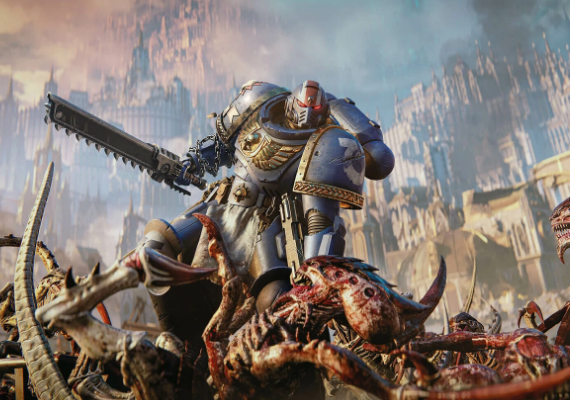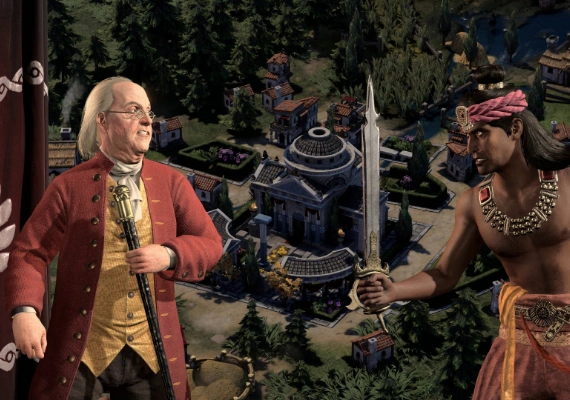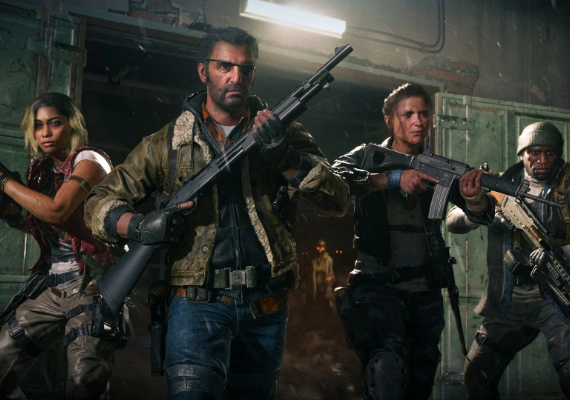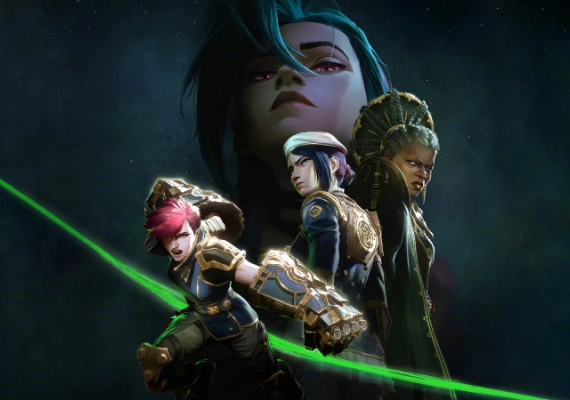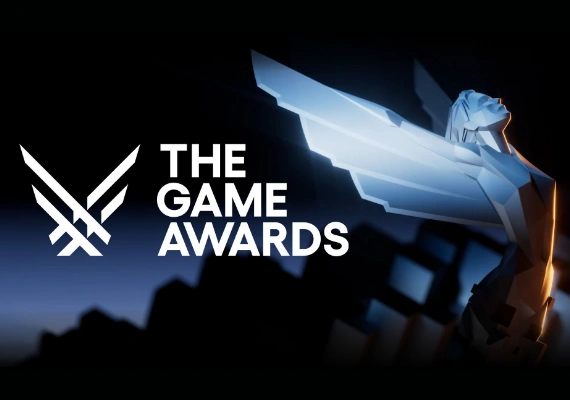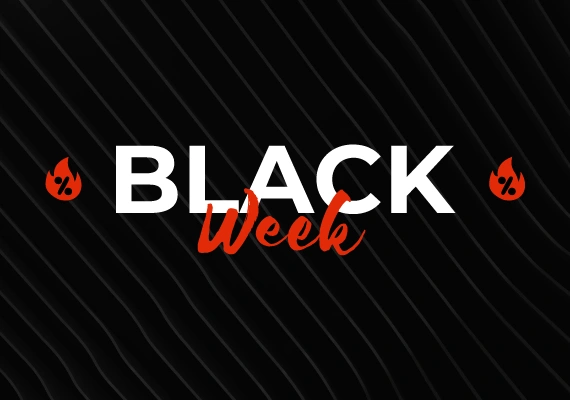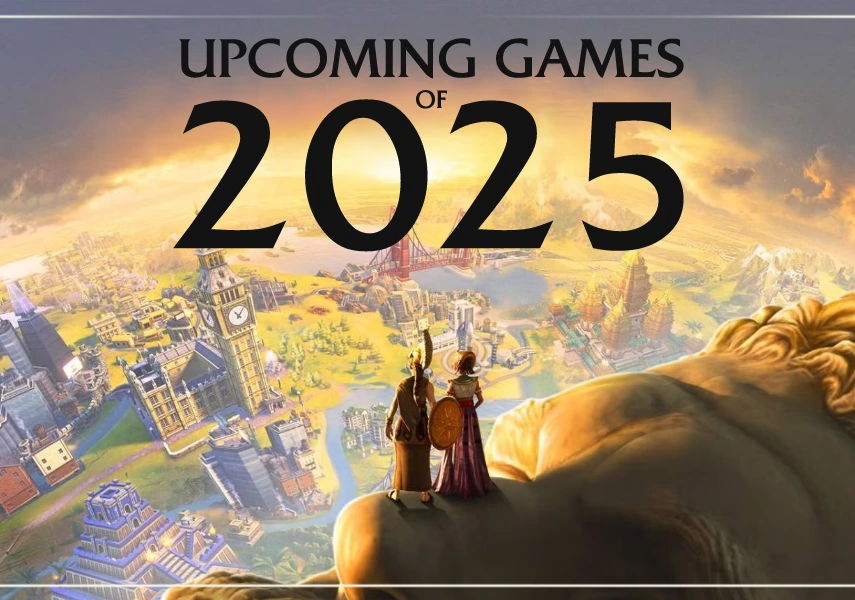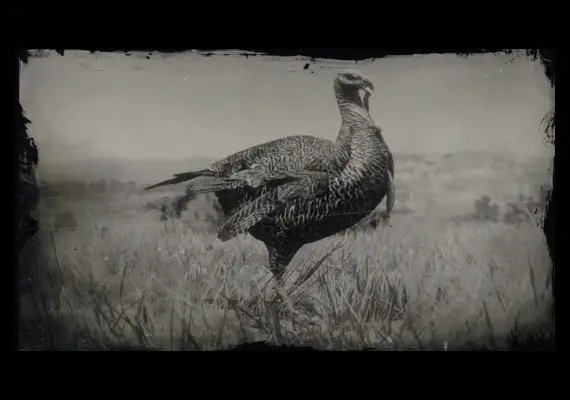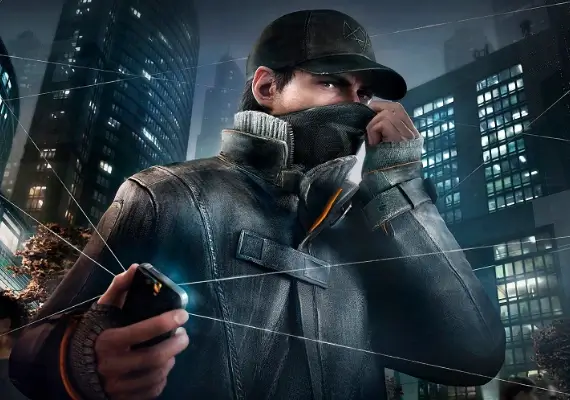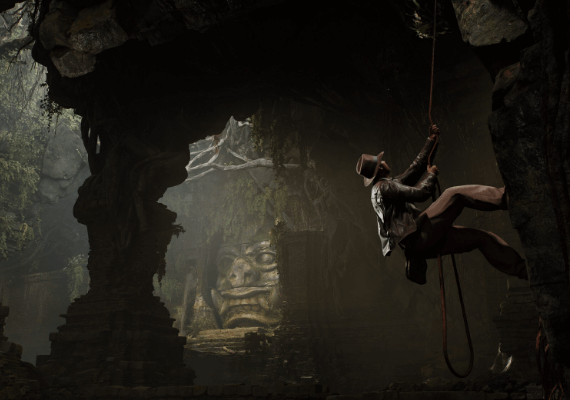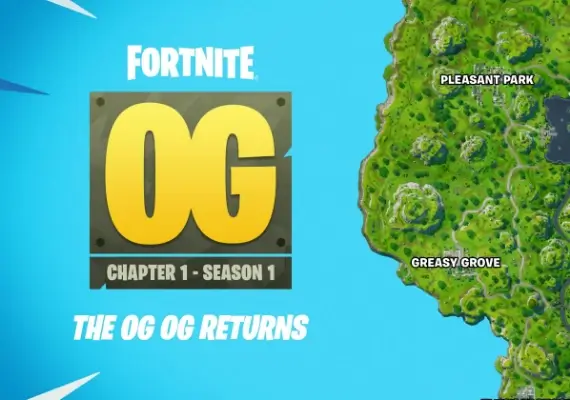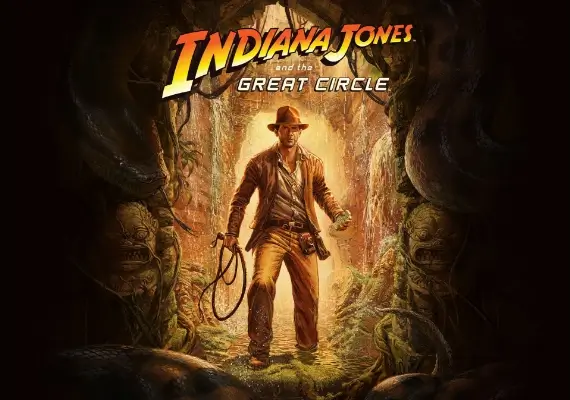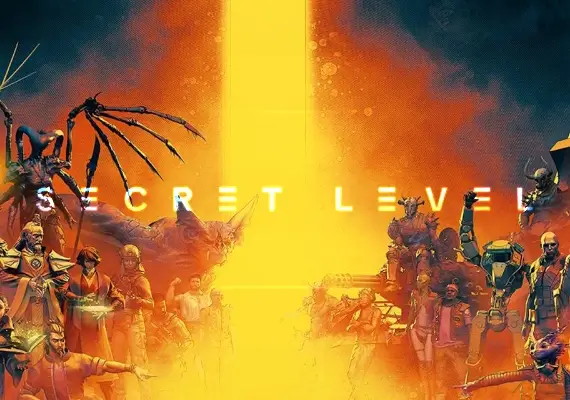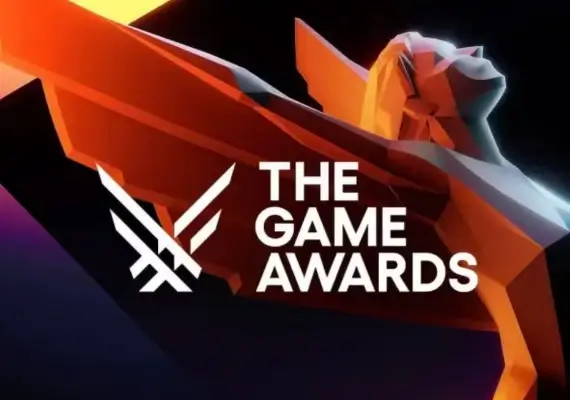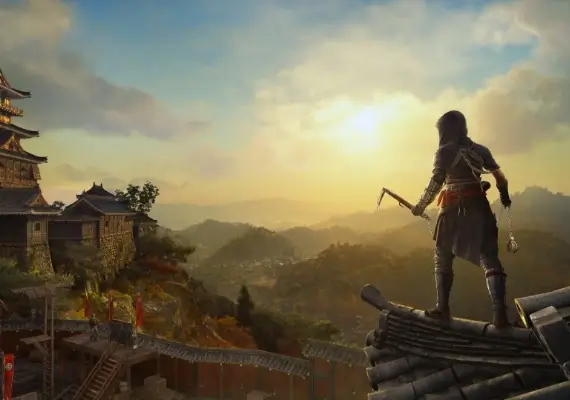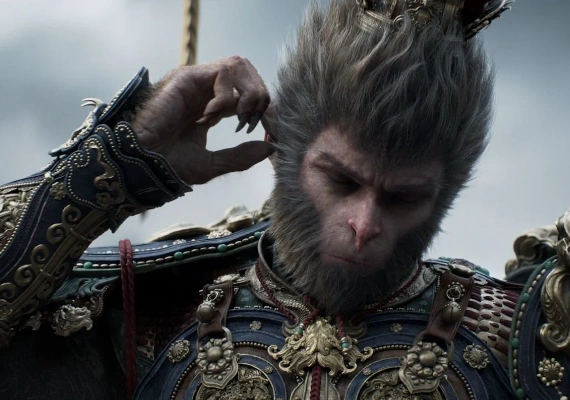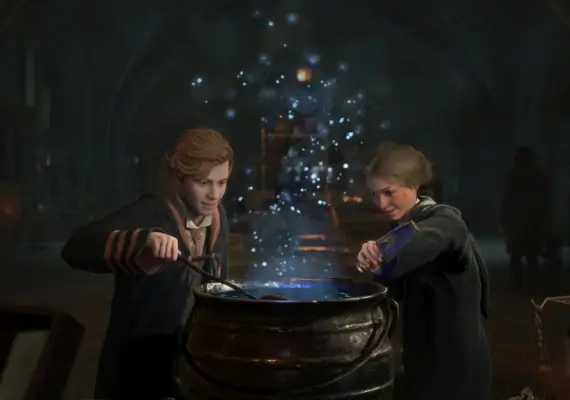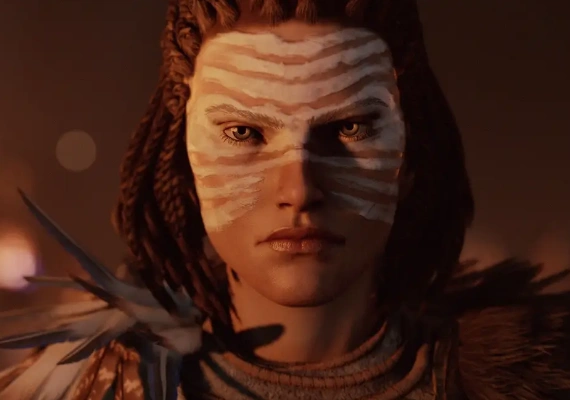Norse Legends Reborn: How God of War Ragnarök Reimagines Viking Lore
.webp)
How God of War Ragnarök Breathes New Life into Norse Legends
God of War Ragnarök serves as a sequel to 2018's God of War, continuing the journey of Kratos and his son Atreus through the nine realms of Norse cosmology. The game's developers have skillfully woven together elements of traditional Norse myths with original storytelling, creating a unique tapestry that both honors the source material and pushes it in exciting new directions. From the frost-covered landscapes of Midgard to the golden halls of Asgard, players are immersed in a world where gods, giants, and monsters come to life in ways never before seen.
What makes God of War Ragnarök's approach to Norse mythology particularly compelling is its ability to humanize these larger-than-life figures. The gods, often portrayed as distant and all-powerful in traditional myths, are given depth, flaws, and relatable motivations. This reimagining not only makes for a more engaging narrative but also allows players to connect with these legendary characters on a more personal level. As we delve deeper into how God of War Ragnarök reimagines Viking lore, we'll explore the ways in which this game has become a new medium for storytelling, bridging the gap between ancient myths and modern entertainment.
.webp)
The Nine Realms Reimagined
One of the most striking aspects of God of War Ragnarök is its vivid reimagining of the Nine Realms of Norse cosmology. Each realm is brought to life with stunning detail and imaginative design, offering players a fresh perspective on these mythical locations. Midgard, the realm of humans, is depicted as a harsh and beautiful landscape, with snow-capped mountains, dense forests, and icy fjords that capture the essence of the Norse wilderness.
The game takes players beyond Midgard, allowing them to explore realms that were only hinted at in mythology. Alfheim, the realm of the light elves, is portrayed as a luminous, ethereal world filled with otherworldly beauty. In contrast, Svartalfheim, home of the dwarves, is reimagined as an industrialized realm with intricate machinery and sprawling forges. These interpretations not only provide visual spectacle but also add depth to the Norse cosmology, giving players a sense of the distinct cultures and environments that make up this mythical universe.
Perhaps most impressive is the game's depiction of Asgard, the realm of the Aesir gods. Rather than a purely golden, idyllic paradise, God of War Ragnarök presents Asgard as a complex, politically charged realm. The grand halls and towering structures are juxtaposed with signs of impending doom, reflecting the approaching Ragnarök. This nuanced portrayal adds layers to the Norse myths, suggesting that even the realm of the gods is not immune to conflict and change.
.webp)
Gods and Monsters: Character Reimagining
God of War Ragnarök takes bold steps in its reimagining of Norse deities and creatures. The game presents these mythological figures not as distant, infallible beings, but as complex characters with their own motivations, flaws, and relationships. This approach humanizes the gods while still maintaining their divine aspects, creating a cast of characters that are both awe-inspiring and relatable.
Odin, the All-Father, is perhaps the most striking example of this character reimagining. Often portrayed in myth as a wise and powerful ruler, God of War Ragnarök presents a more morally ambiguous Odin. He is depicted as cunning, paranoid, and willing to go to great lengths to prevent Ragnarök, even if it means betraying those close to him. This portrayal adds depth to Odin's character, making him a more intriguing and unpredictable figure in the game's narrative.
Similarly, Thor, the God of Thunder, is reimagined in a way that subverts many popular depictions. Rather than the heroic figure often seen in modern media, God of War Ragnarök's Thor is a complex, sometimes brutal character. His legendary strength is paired with a volatile temper and a deep-seated loyalty to Asgard, creating a nuanced portrayal that adds new dimensions to this well-known deity.
.webp)
Weaving Myth into Gameplay
One of the most impressive aspects of God of War Ragnarök is how it seamlessly integrates Norse mythology into its gameplay mechanics. The game doesn't just tell Norse stories; it allows players to actively participate in them through combat, puzzles, and exploration. Kratos' Leviathan Axe and Blades of Chaos are not just weapons but key elements that tie into the game's mythological themes, with their frost and fire properties reflecting the cosmic forces of ice and fire in Norse creation myths.
The game's skill trees and upgrade systems are also cleverly tied to Norse lore. Players can enhance their abilities by collecting and using various mythological resources, each with its own backstory rooted in Norse mythology. This integration of lore into gameplay mechanics not only enriches the player's experience but also serves as an interactive way to learn about Norse myths and legends.
Boss battles in God of War Ragnarök are more than just challenging encounters; they're epic confrontations that often recreate or reimagine famous mythological events. Fighting against gods and monsters from Norse legends gives players a visceral connection to these ancient stories, allowing them to experience the power and majesty of these beings firsthand. These encounters often subvert expectations, presenting familiar mythological figures in new and surprising ways.
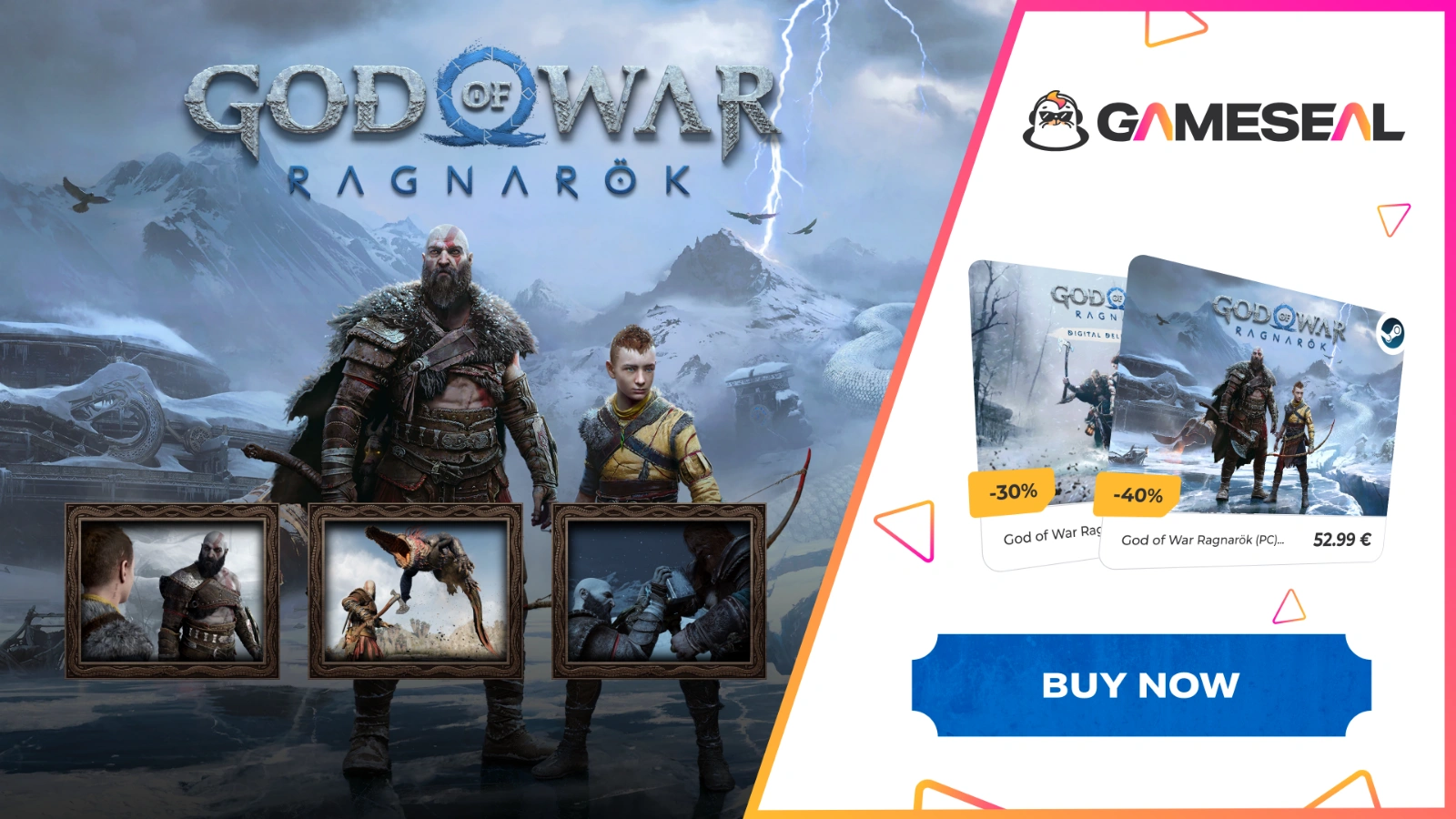
God of War Ragnarök stands as a testament to the enduring power of mythology and its ability to be reborn in new forms. By reimagining Norse legends through the lens of modern gaming, the developers have created a world that is at once familiar and refreshingly new. The game's interpretation of the Nine Realms, its nuanced portrayal of gods and monsters, and its integration of mythological elements into gameplay mechanics all contribute to a rich, immersive experience that breathes new life into ancient tales.
As players journey through this reimagined Norse world, they are not just passive observers but active participants in a living, breathing mythology. God of War Ragnarök doesn't simply retell Viking lore; it evolves it, adding new layers of complexity and relevance for a contemporary audience. In doing so, it demonstrates the timeless nature of these myths and their ability to resonate across centuries and cultures.
Ultimately, God of War Ragnarök represents a new chapter in the long history of Norse mythology. It shows that these ancient stories still have the power to captivate, inspire, and provoke thought, even in the digital age. As players unravel the game's mysteries and confront its challenges, they are participating in the ongoing evolution of these mythic tales, ensuring that the legends of the Norse gods will continue to be reborn for generations to come.

